Scissors, balloon, vinegar, baking soda, rubber band, empty bottle, clear wrap, straight pin, marker, all is in place put the Baking soda bomb in to the bottle of vinegar and quickly put the balloon andLaw Of Conservation Of Mass Lab – Baking Soda And Vinegar Balloon Lab Report is free lab report sample This chart was upload at October 11, upload by Admin in Lab Report Sample Law Of Conservation Of Mass Lab Baking Soda And Vinegar Balloon Lab Report The Lab Report is one of the lots of resources available to you on the Web for a wide range of educationBaking Soda and Vinegar Lab Report Research QuestionWhat is the effect that baking soda has on the volume of vinegar?
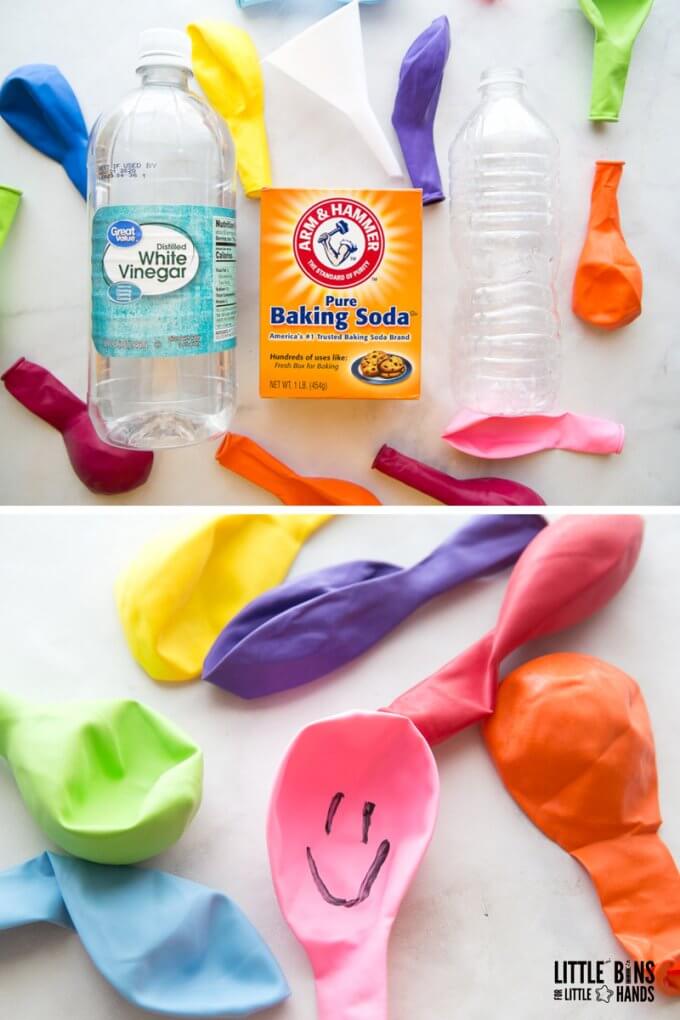
Balloon Baking Soda Vinegar Science Experiment For Kids
Baking soda and vinegar balloon experiment results
Baking soda and vinegar balloon experiment results-How to inflate a balloon with baking soda and vinegar Will the balloon float?★ DON'T FORGET TO SUBSCRIBE!What You Do Have your child take the cap off her soda bottle Make sure she saves it You never know what science activity or art project may call for just such a cap Help her practice placing the balloon's mouth on top of the open bottle top
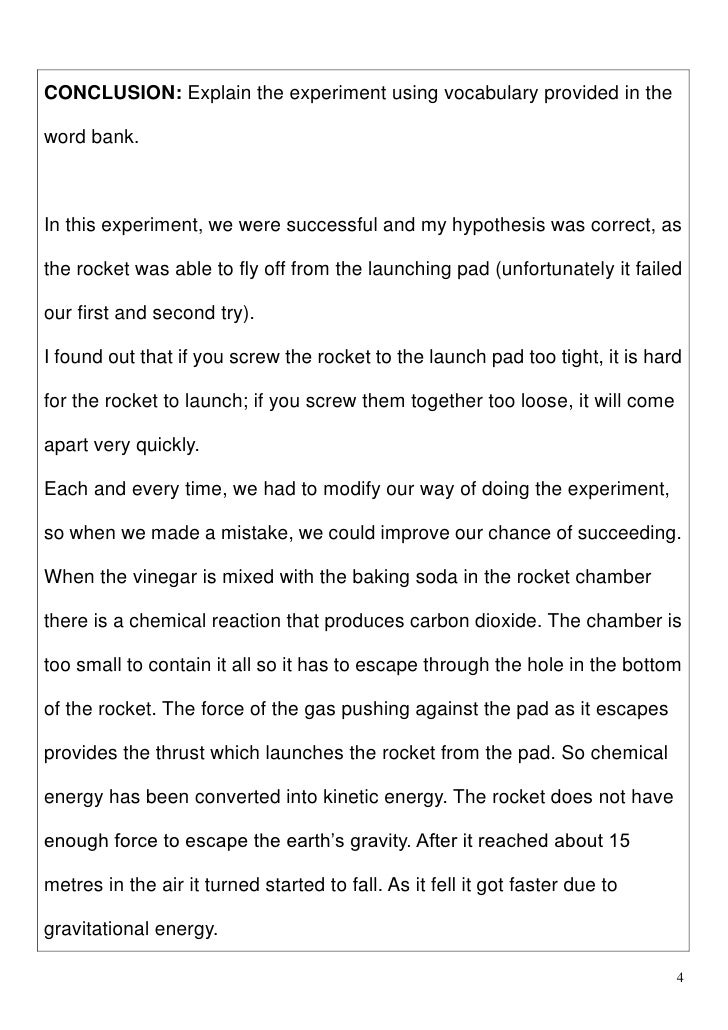


Baking Soda And Vinegar Experiment Report
Baking Soda and Vinegar Rocket you will need are very simple house hold;Mix baking soda and vinegar in a bottle with a balloon and watch what happens!What you will need 1 balloon 1 1/2 tsp baking soda ml vinegar Erlenmeyer flask graduated cylinder napkin
Measure 1/8, 1/4, or 1/2 of baking soda in a separate measuring cup ;Background ResearchAdding baking soda to vinegar causes a chemical reactionCarbon dioxide is created as a result of the reaction Once baking soda was added, bubbling occurred and the temperature changed HypothesisIf you add baking soda to vinegarLift and straighten the balloon so that the baking soda inside falls into the bottle of vinegar Wait until the balloon stops expanding Pinch the neck of the balloon closed and tie it off Record the mass of the tied balloon Repeat steps 26 twice Repeat steps 26 three times, substituting the 5ml of baking soda for 10ml of baking soda
HYPOTHESIS When you mix baking soda and vinegar it will causeTime the reaction (the eruption) Repeat this trial 3 times;19/3/19 · Baking Soda And Vinegar Balloon Lab Report – Science laboratory reports are created to communicate the findings of research study, in such a way that is clear to readers You need to not forget to include any additional details, which might be beneficial for readers



Edn557 Microlesson Laboratories Experiment



Vinegar And Baking Soda Experiment Data Chart Page 1 Line 17qq Com
March 12, 21 TipsThe guiding question during this lab was "How does the amount of baking soda affect the length of its reaction with vinegar?" The hypothesis was partially correct, because it was mentioned that the larger amounts of baking soda will probably take longer to react with vinegar, because they would absorb all the acetic acidEssay on Combining Vinegar and Baking Soda Lab Report The second trial displayed similar results of a weak presence of carbon dioxide The solution



Baking Soda Vinegar And A Balloon Oh My Scientific Method Data Sheet
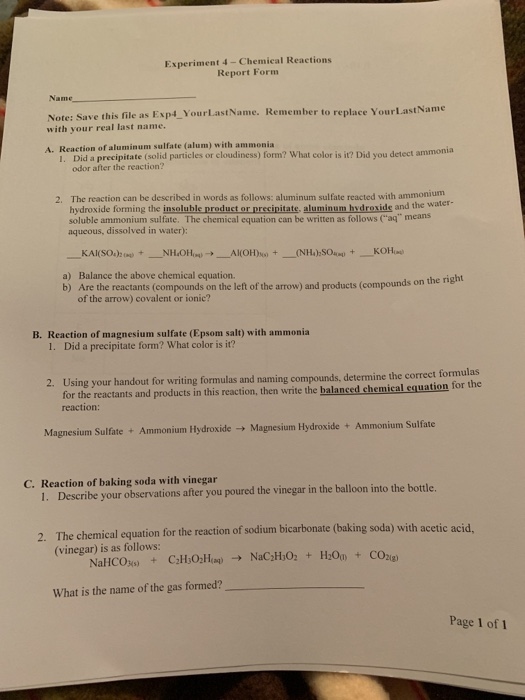


Experiment 4 Chemical Reactions What Happens In Chegg Com
Temperature amount of trails air pressure procedure hypothesis measure and record the circumference after the reaction 10 500ml water bottles balloons 2 colours funnel baking soda vinegar measuring cup ruler repeat steps 34 increasing 1 table spoon of baking soda My1) Pour about 5 mL of vinegar into the graduated cylinder 2) Place a teaspoon of baking soda into the balloon, using the funnel 3) Put the full balloon and the graduated cylinder, with vinegar inside, on the balance pan 4) Take note of the total weight 5) Close the graduated cylinder with the balloon then pour the baking soda in itMy kids love to learn hands on I found a ton of great resources and experiments to add to my list Our first at home science experiment is the Baking Soda and Vinegar Balloon!
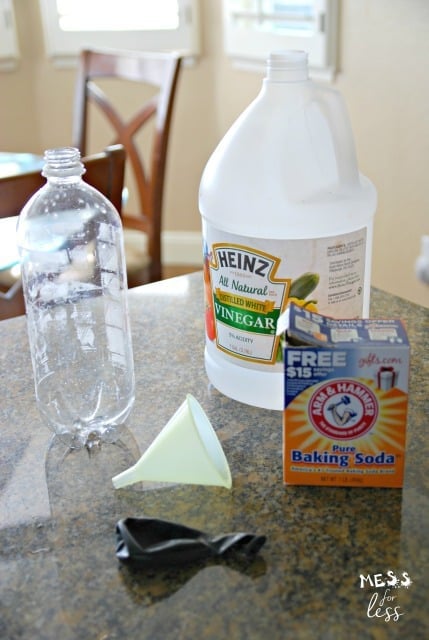


Self Inflating Balloon Experiment Mess For Less
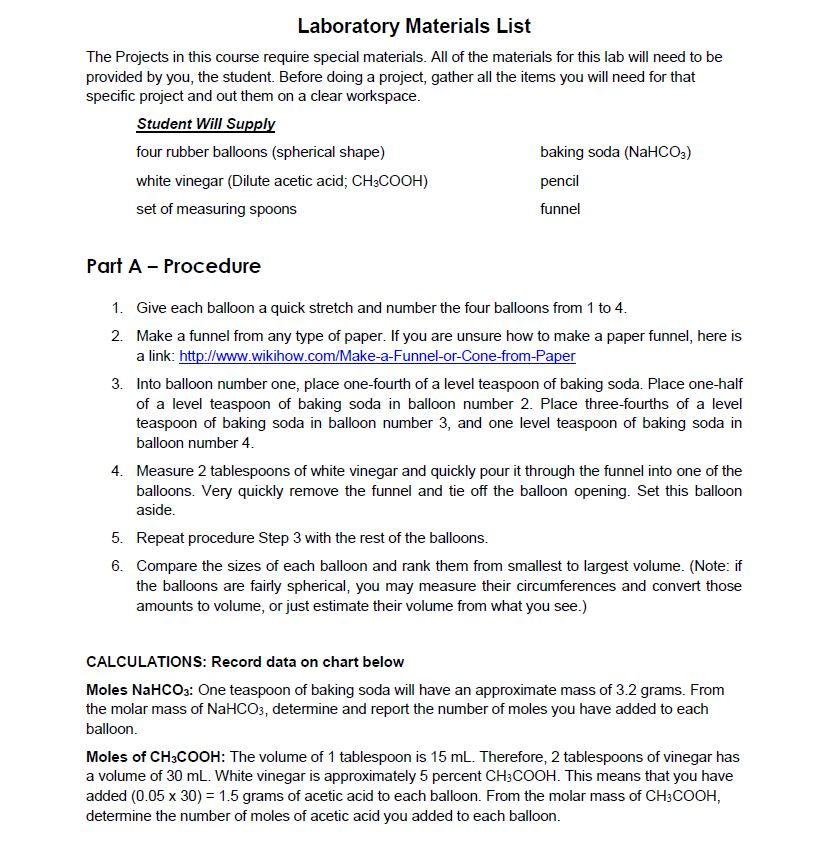


Solved Laboratory Materials List The Projects In This Cou Chegg Com
One person to hold the balloon open and the other person to put the baking soda inside of the balloon) Pour the vinegar into the bottle Carefully fit the balloon over the bottle opening (be careful not to drop the baking soda into the vinegar yet)PDF) Baking Soda And Vinegar Rockets – Baking Soda And Vinegar Balloon Lab Report is free lab report sample This chart was upload at October 11, upload by Admin in Lab Report Sample PDF) Baking Soda And Vinegar Rockets Baking Soda And Vinegar Balloon Lab Report The Lab Report is among the lots of resources available to you on the Internet for a wide array/5/ · We have been trying to level up on our at home learning What better way to do so than with some fun and exciting science experiments!



Chemical Reaction Lab Report



Baking Soda Vinegar Lab By Kara Kay
Blog March 23, 21 How neuroscience principles can lead to better learning;Baking soda is also used in some food items, such as pancakes, waffles etc When the baking soda is being heated the decompositon part occurrs and when this happens it releases gas and the baking soda's texture changes In the lab experiment my group and I were conducting to see the outcome of baking soda after it has been heatedThis lab demonstrates the reactivity of two household cooking items, baking soda and vinegar Baking soda is a powdered chemical compound called sodium bicarbonate, and vinegar includes acetic acid These 2 components react in solution to form carbon dioxide, water, and sodium acetate as shown in the chemical reaction below



Small Balloon Paper Funnel Baking Soda 3 4 Cup Vinegar One Small Empty Plastic Bottle Measuring Spoons Ppt Download
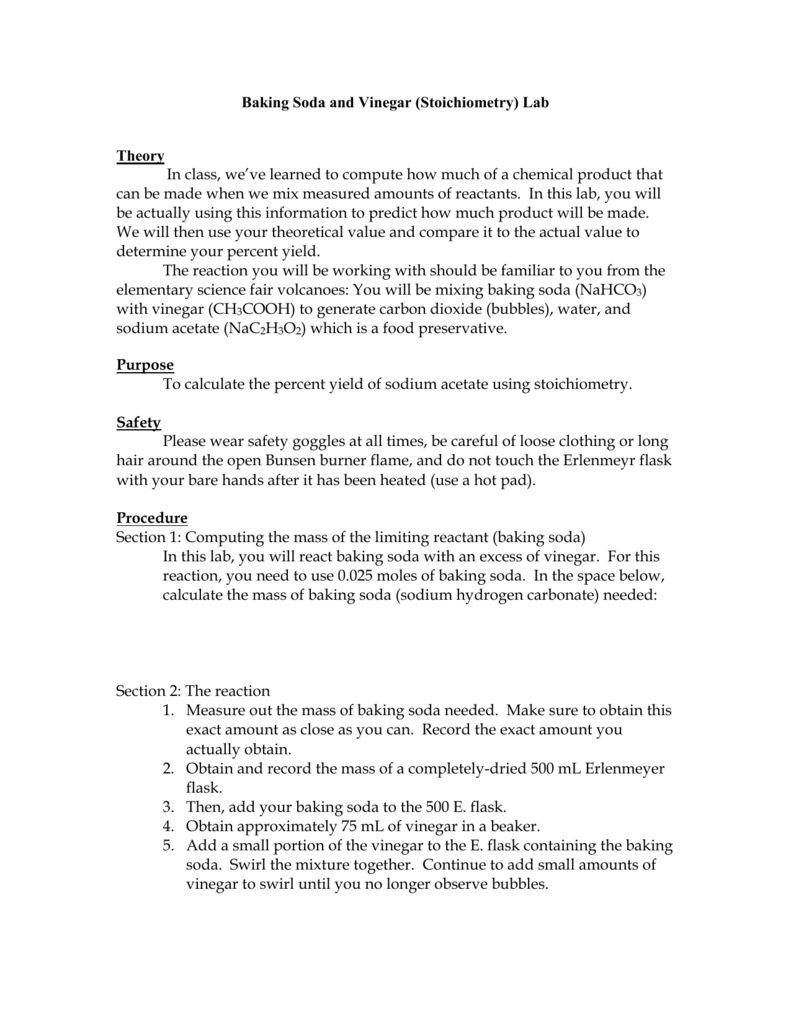


Can We Mix Baking Soda And Vinegar
Are you ready to learn about chemical reactions?– Baking Soda And Vinegar Balloon Lab Report in your computer by clicking resolution image in Download by size Don't forget to rate and comment if you interest with this lab report sample Gallery of Designing An Experiment Using Baking Soda And Vinegar – PDFCovered Surface (this is a messy process) Methods Initially start off with a 1/2 a cup of vinegar in a pot big enough for an eruption;
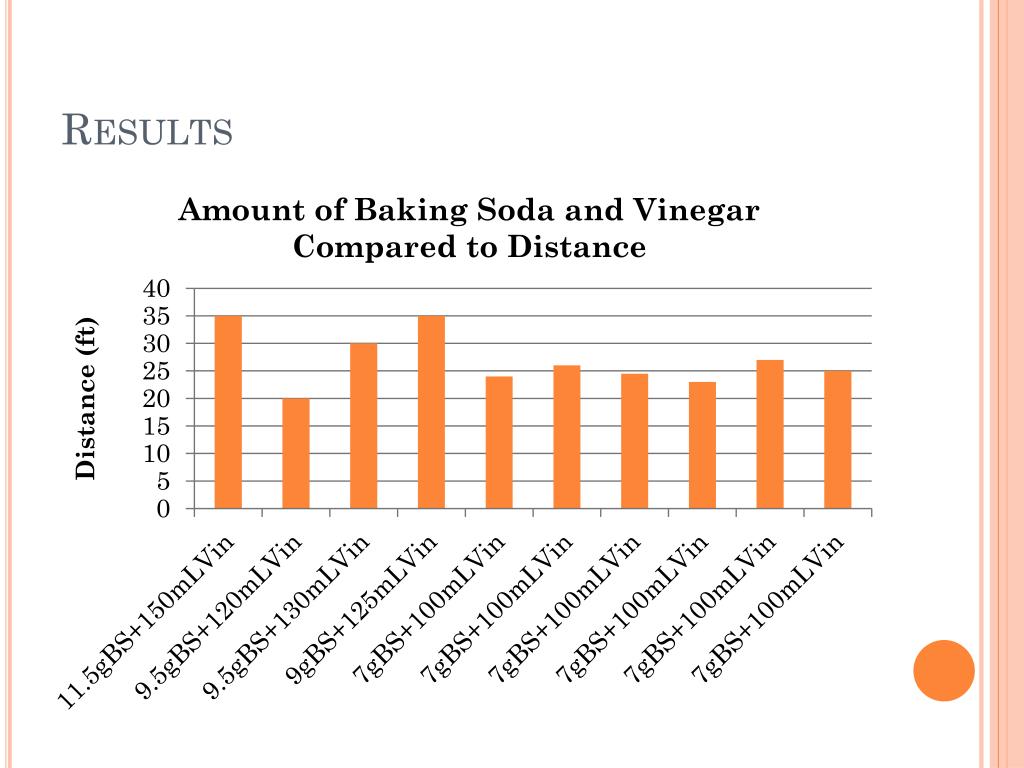


Ppt Baking Soda And Vinegar Powered Car Powerpoint Presentation Free Download Id



Balloon Baking Soda Vinegar Experiment For Kids Bilingual Education Activities
Report Soda Vinegar Lab And Baking 2 Sep 26, 17 · Put 2 tablespoons of vinegar in a glass beaker or cup;Baking Soda And Vinegar Lab Report 971 Words 4 Pages I The objective of the lab was to see whether or not mixing baking soda and vinegar together in a sealed plastic bag rather than in an open beaker would preserve more ofThe baking soda will quickly react with the vinegar in the flask, creating carbon dioxide gas as one of its products, causing the balloon to quickly inflate After the reaction is complete the balloon will remain inflate You can pop the balloon with a tack if you wish to confirm with the students that the balloon was filled with gas
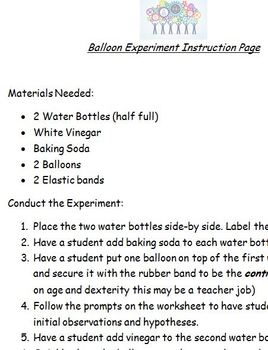


Balloon Baking Soda And Vinegar Experiment Data Collection Sheet



11 Docx Title Self Inflating Balloon Problem Statement Does A Balloon Blow If You Put Baking Soda And Water Together Hypothesis If You Had Baking Soda Course Hero
Have your timer ready and pour in the baking soda;Vinegar and two different amounts of baking soda in plastic soda bottles with balloons Two 500ml PETN soda bottles of the same make, split a bottle of vinegar between them 11" balloons are preinflated with dry air, with care taken not to stretch the neck of the balloon Into the balloons with a funnel go one, two teaspoons of baking sodayIn this experiment, we're going to learn how to blow up a balloon using baking soda and vinegar!👉 MORE htt



Balloon Baking Soda Vinegar Experiment For Kids Bilingual Education Activities



Baking Soda Png Plastic Bottle Balloon Vinegar And Baking Soda Png Download Png Images On Pngarea
The first thing you will see is the baking soda in the balloon falling down into the vinegar inside the bottle The baking soda and vinegar will react together and begin to bubble and expand first Then you will see your balloon start to grow and grow until the reaction slows down and the balloons will begin to shrink again (or you can quickly take them off while they are full and tieThe more gas that is created, the larger the balloon will inflate The baking soda and vinegar chemical reaction will continue to inflate the balloon as long as there is still baking soda and vinegar to react Once the reaction between baking soda and vinegar has stopped, the balloon will slowly begin to deflateIn this lab, the researcher observed the reaction between baking soda and vinegar This researcher witnessed the formation of new substances and its effect on a balloon To see different results, the researcher changed the amount of baking soda and vinegar inside of the flask and balloon



Is This A Chemical Or Physical Reaction



Baking Soda Vinegar And A Balloon Oh My Scientific Metho Scientific Method Baking Soda Experiments Baking Soda Vinegar
Baking soda and vinegar experiment report 1 Name Charlotte Class 5R Date March 26th 12Energy transformation Baking Soda and Vinegar ExperimentWord bank gravity, experiment, successful, failed, improve, modify, forms of energy, chemicalenergy, kinetic energy, potential energy, gravitational energy, sound energy, thermal energy, lightenergy, elastic energy, chemical reaction, vinegarMarch 15, 21 Video conference trends for 21;27/4/21 · When vinegar and baking soda mix, they create the gas carbon dioxide and water The carbon dioxide has no where to go, but into the balloon blowing it up But you should have found that the balloon at room temperature may have been slightly faster in blowing up your balloon This is because the


English Worksheets Scientific Method Worksheets



Pdf Diet Coke And Mentos What Is Really Behind This Physical Reaction
26/11/12 · Twoliter soda bottle;Baking Soda Balloons by Bryce Hixson Great lab to teach conservations of mass during a chemical reaction Vinegar is placed in a balloon, which is fixed over a test tube with baking soda The assemblage is weighed before and after the chemicals are mixed1 Pour the cup of baking soda into the plastic bag (CUP A) 2 Fill the second cup with 4 full squirts of vinegar from a pipette (CUP B) 3 Place CUP B (vinegar) in the plastic bag being careful NOT to spill the vinegar 4 Seal the plastic bag 5 Determine the mass of the cups and the mass of the bag, baking soda, vinegar and cup 6



Baking Soda And Vinegar Experiment Worksheet Page 2 Line 17qq Com
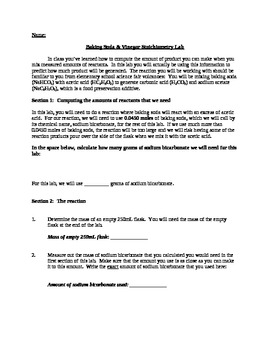


Baking Soda Vinegar Lab Worksheets Teaching Resources Tpt
15/2/18 · Weigh the following six amounts of baking soda (sodium bicarbonate, NaHCO3) 0 g, 040 g, 050 g, 070 g, 100 g, and 170 g (use a weighing paper to do it) Label the balloons 16 Put the six different masses of baking soda into six balloons using a small funnel Make sure the baking soda goes to the bottom of the balloonBaking Soda and Vinegar Lab Purpose Determine if mass is conserved in a chemical reaction Materials baking soda vinegar 4 dry beakers (or simply rinse and dry the same beaker before using it again) 1 digital balance 1 rubber band plastic wrap plastic weight boat (lid) Procedure 1 Measure the mass of a beaker, 10mL vinegar, and 10g baking sodaBaking Soda And Vinegar Lab Report;



Wait Weight Don T Tell Me Chemistry Earth Science Science Activity Exploratorium Teacher Institute Project



Balloon Baking Soda Vinegar Experiment For Kids Bilingual Education Activities
Report on experiment Blowing Up a Balloon With Baking Soda and Vinegar Objective Students learn about gas and chemical reactions by discovering how to inflate a balloon using baking soda and vinegar Aim The aim of the project is to demonstrate the power of gas produced when of baking soda and vinegar are mixedThe science, behind this balloon baking soda experiment, is the chemical reaction between the base {baking soda} and the acid {vinegar} When the two ingredients mix together the balloon baking soda experiment gets it's lift!Blow up balloon with baking soda and vinegar When vinegar is mixed with baking soda, a double replacement reaction takes place The end result is carbon dioxide but behind the scenes, there is more than one reaction taking place Put a tablespoon of backing soda on to



Baking Soda And Vinegar Experiment To Find Out What S Best
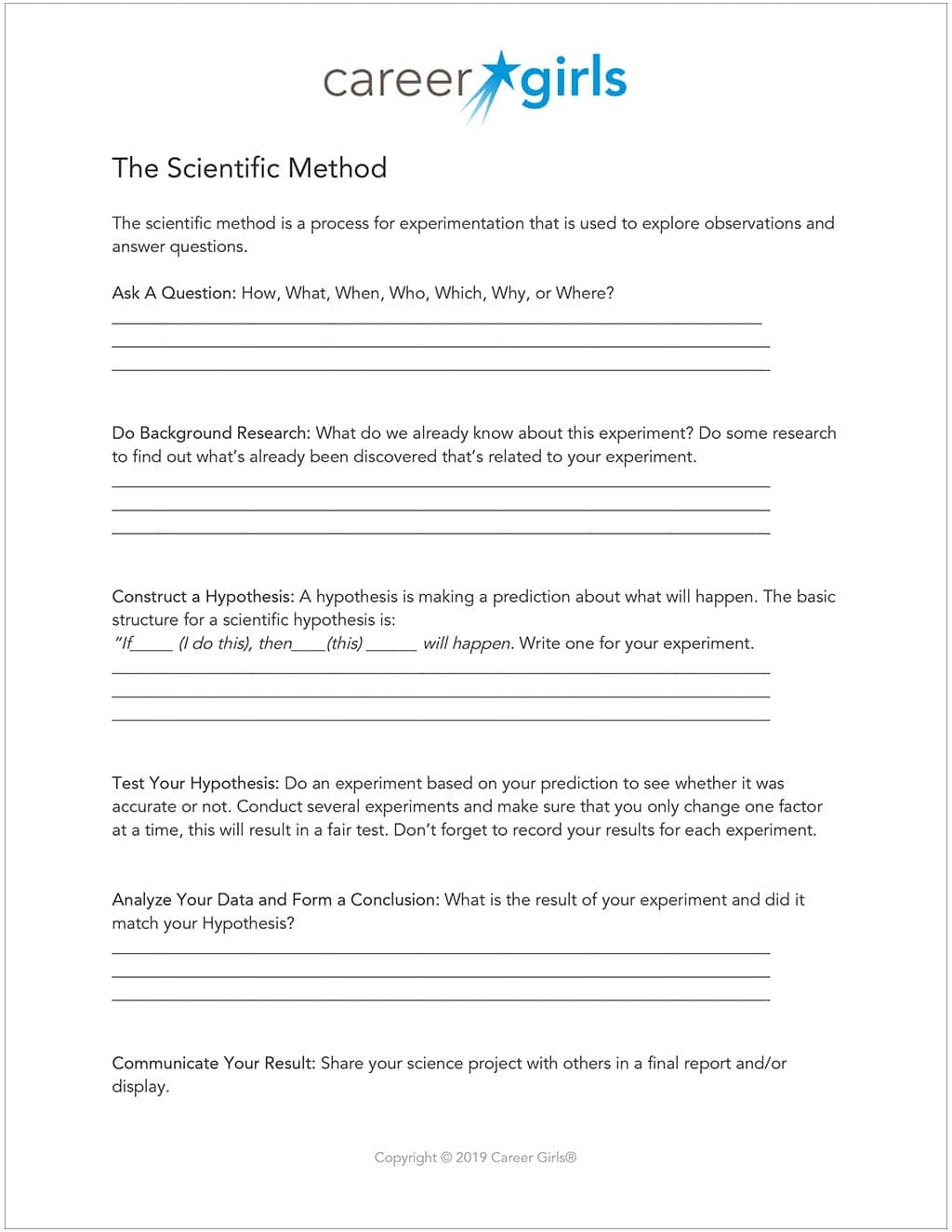


Inflate A Balloon Career Girls
Sodium Bicarbonate and Vinegar Lab Background Knowledge From additional research it was learnt that when sodium bicarbonate (baking soda) is chemically combined with vinegar an endothermic reaction will occur An endothermic reaction is when heat is absorbed during a chemical reaction When very reactive chemical, sodium bicarbonate, makes contact with the acidic vinegarUsing the funnel, add the baking soda to each balloon (two people may be needed for this;Claim As the amount of vinegar is increased, the time it takes for the reaction between baking soda and vinegar reduces experiment 9 titration of acetic acid in vinegar Background ResearchAdding baking soda to vinegar causes a chemical reactionCarbon dioxide is created as a result of the reaction Vinegar is only a 5% Acetic Acid solution and has a density of 101g/mL



Pin On Homework Help For Kids



How To Inflate A Balloon Using Baking Soda And Vinegar
This is how my little scientist inflates balloons!Baking soda in balloons and vinegar with food colouring in bottles=====That lift is the gas produced from the two ingredients isPlace the end of a thermometer into the vinegar Describe Your Favorite Song Essay and record the temperature c



How To Inflate A Balloon Using Baking Soda And Vinegar
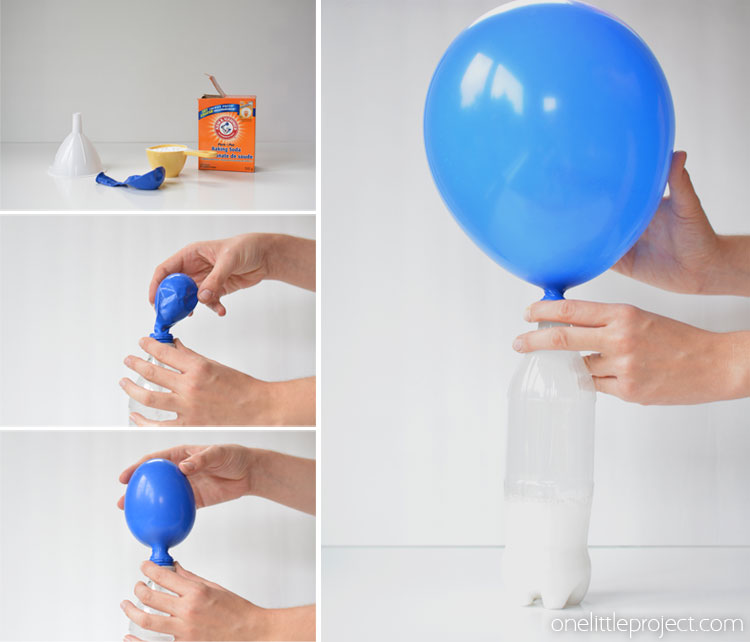


Baking Soda And Vinegar Balloons
Http//bitly/SubtoMysteryLab ★Hey Everyone and weStudent B Label the balloons 16 Put the six different masses of baking soda into six balloons using a small plastic funnel Make sure the baking soda goes to the bottom of the balloon Student C Using the graduated cylinder and pipet, accurately measure and transfer 100 mL vinegar (5% acetic acid, HC2H3O2) into each of the 6 test tubesIs This A Chemical Or Physical Reaction – Baking Soda And Vinegar Balloon Lab Report is free lab report sample This chart was upload at October 11, upload by Admin in Lab Report Sample Is This A Chemical Or Physical Reaction Baking Soda And Vinegar Balloon Lab Report The Laboratory Report is among the lots of resources available to you on the Internet for a wide



Solved Experiment 6 Chemical Reactions Report Form Name N Chegg Com
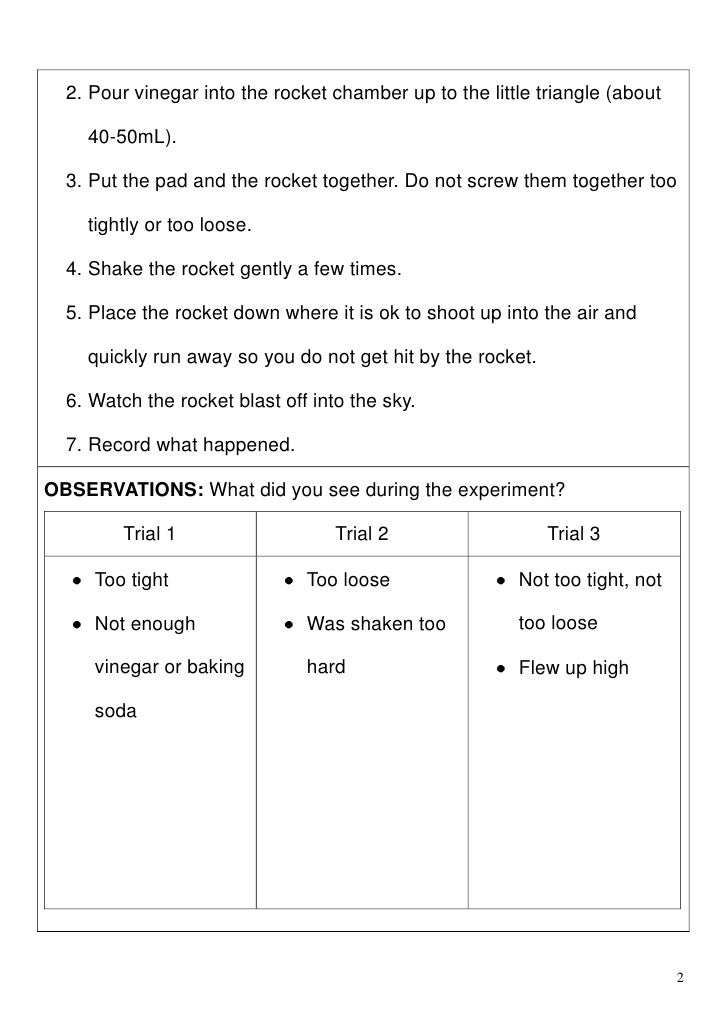


Baking Soda And Vinegar Experiment Report
1 tablespoon baking soda;Conclusion This lab report was about the inflation of balloon with the carbon dioxide produced as a result of reaction of baking soda and vinegar When vinegar and baking soda are mixed together hydrogen ions that are present in vinegar react with the sodium and bicarbonate ions present in the baking sodaView Lab Reportpdfdocx from SCIENCE Earth Scie at Home School Alternative TITLE Could Baking Soda and Vinegar Make a Balloon Blow Up?



Baking Soda And Vinegar Lab Report Docx Baking Soda And Vinegar Lab Report Research Question What Is The Effect That Baking Soda Has On The Volume Of Course Hero



Balloon Experiment Stock Illustrations 337 Balloon Experiment Stock Illustrations Vectors Clipart Dreamstime
Baking Soda and Vinegar Lab Purpose Determine if mass is conserved in a chemical reaction Materials baking soda vinegar 4 dry beakers (or simply rinse and dry the same beaker before using it again) 1 digital balance 1 rubber band plastic wrap plastic weight boat (lid) Procedure 1 Measure the mass of a beaker, 10mL vinegar, and 10g baking sodaGSK's Science in the Summer is a free program that has brought the wonders ofName Honor Code Partners Limiting Reagent Lab The Reaction between Vinegar and Baking Soda Goal During this lab students will gain a quantitative understanding of limiting reagents Safety Safety goggles should be worn at all times Students should hold the balloons on the test tubes tightly while the reaction takes place Procedure 1 Students need to get together in teams



Chemical Reaction Lab Report Matrix Education



Solved Chem 1100 Stoichiometry Balloon Races Limiting And Chegg Com



Baking Soda And Vinegar Science Experiments For Kids That Are Simple



Data Results Self Inflating Balloons



Title Of Your Project Your Name Abstract For Written Report Only Example A Volcano Is An Opening On A Planet S Surface Or Crust Which Allows Hot Magma Ppt Download
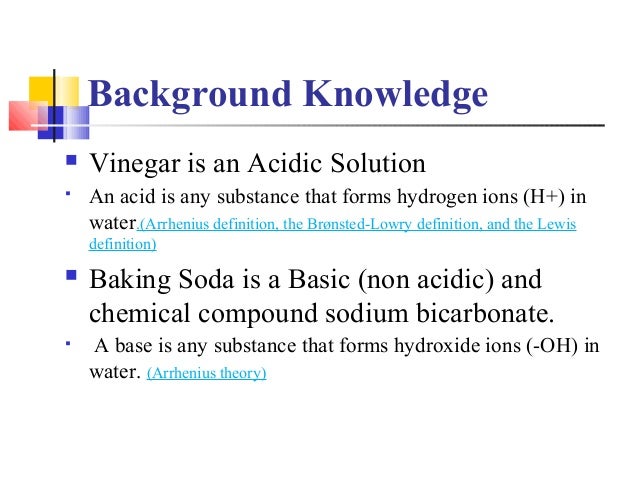


How To Inflate A Balloon Using Baking Soda And Vinegar



Simple Science Baking Soda Vinegar Balloon Experiment Balloon Science Experiments Easy Science Fair Projects Science Experiments Kids Preschool
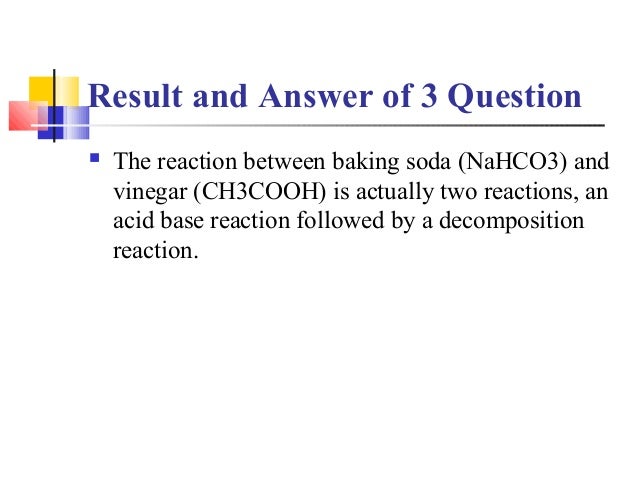


How To Inflate A Balloon Using Baking Soda And Vinegar
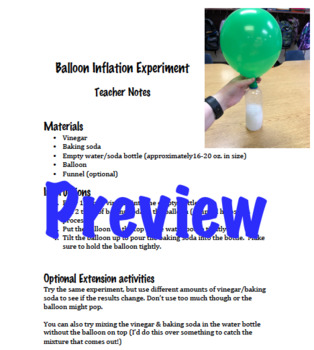


States Of Matter Balloon Inflation Experiment Baking Soda Vinegar



Pdf Baking Soda And Vinegar Rockets



Data Results Self Inflating Balloons



Please Help I Don T Have Time Or The Ingredients To Do The Experiment Materials Baking Brainly Com



Blowing Balloon Using Vinegar Baking Soda Experiment Science Fair Project Youtube
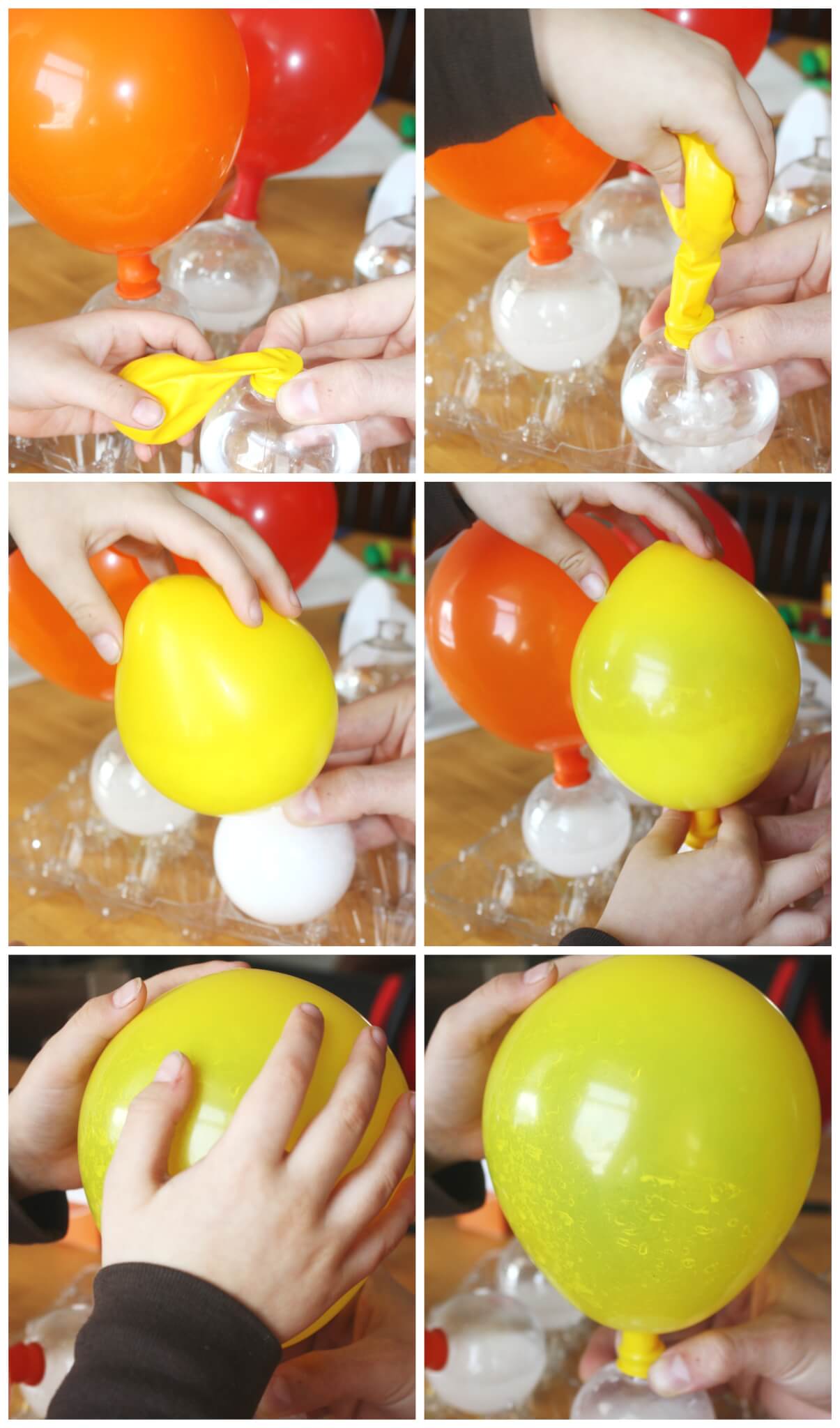


Balloon Baking Soda Vinegar Science Experiment For Kids



Use Vinegar And Baking Soda To Blow Up A Balloon Discovery Express
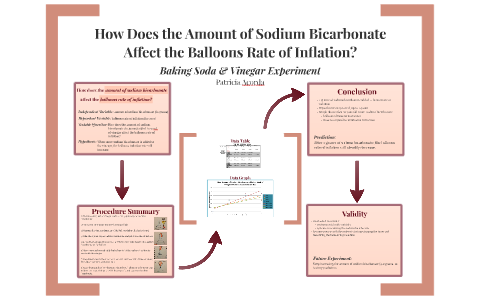


Baking Soda Vinegar Experiment By Pat Acorda On Prezi Next



Baking Soda Vinegar Play



Ol Conservation Of Mass Lab



I Need Help Filling Out This Table Please Balloon Moles Of Gas That Could In Homeworklib
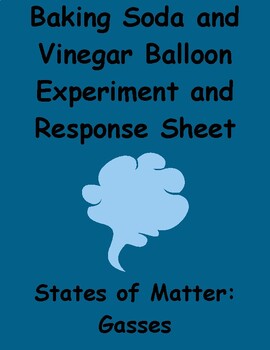


States Of Matter Gases Lab Sheet Baking Soda Vinegar Balloon



How Matter Can Be Mixed Chemistry Experiments Science Chemistry Science
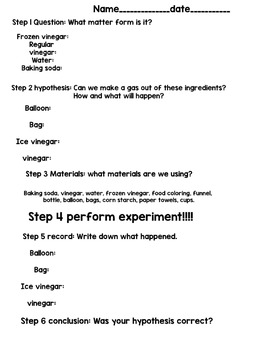


Matter Forms Baking Soda And Vinegar By Stephanie Garcia Tpt



Sodium Bicarbonate And Vinegar Lab Report Adityabindra Yumamizushima Margaretmazurek Aneribarvalia Weberp 3 Backgroundknowledge Bakingsoda Course Hero



Lesson Plan Baking Soda Vinegar Rocket Soda And Vinegar Baking Soda Vinegar Rocket Pdf Document



Baking Soda Vinegar Balloon Worksheets Teaching Resources Tpt
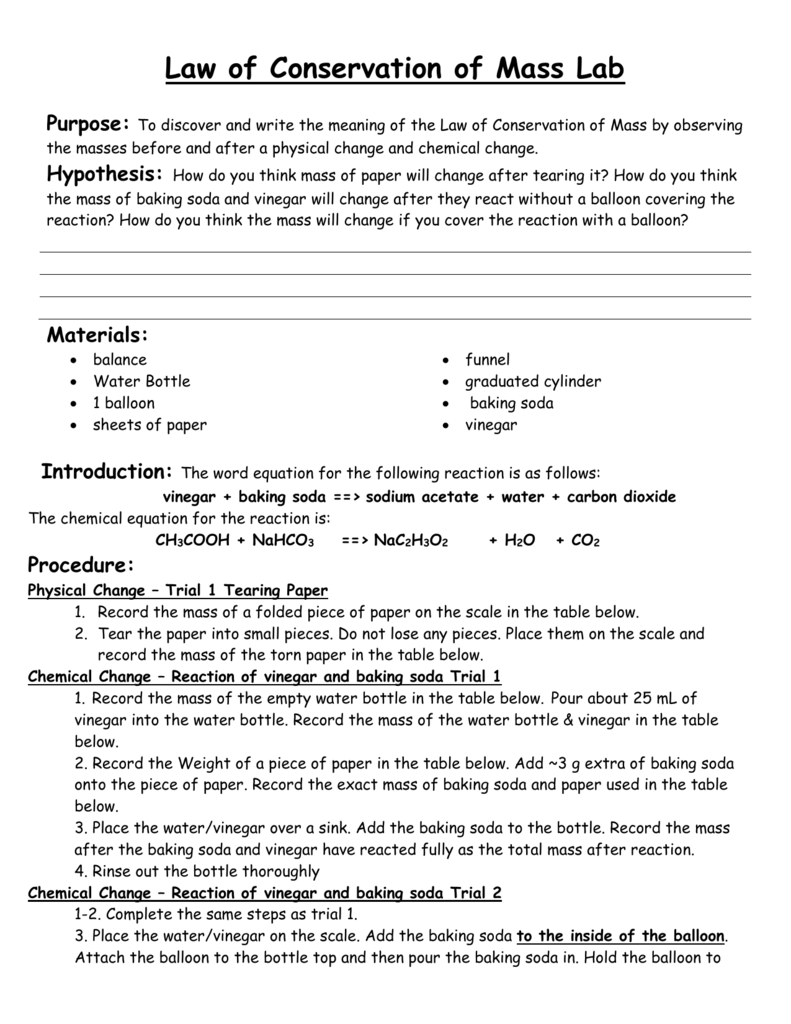


Law Of Conservation Of Mass Lab Purpose



Designing An Experiment Using Baking Soda And Vinegar Pdf Free Download



Baking Soda And Vinegar Balloons
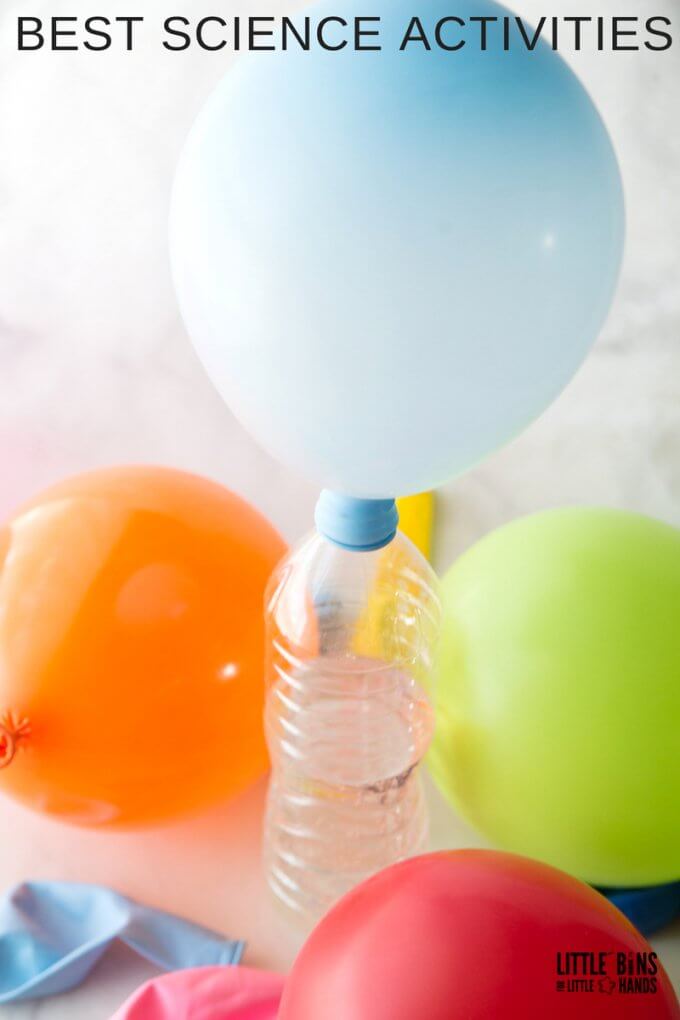


Balloon Baking Soda Vinegar Science Experiment For Kids



Baking Soda And Vinegar Balloon Science Project Education Com



Balloon Experiment Stock Illustrations 337 Balloon Experiment Stock Illustrations Vectors Clipart Dreamstime
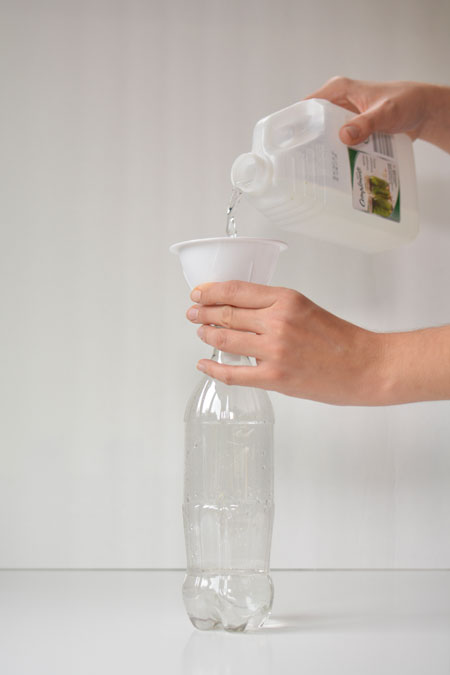


Baking Soda And Vinegar Balloons
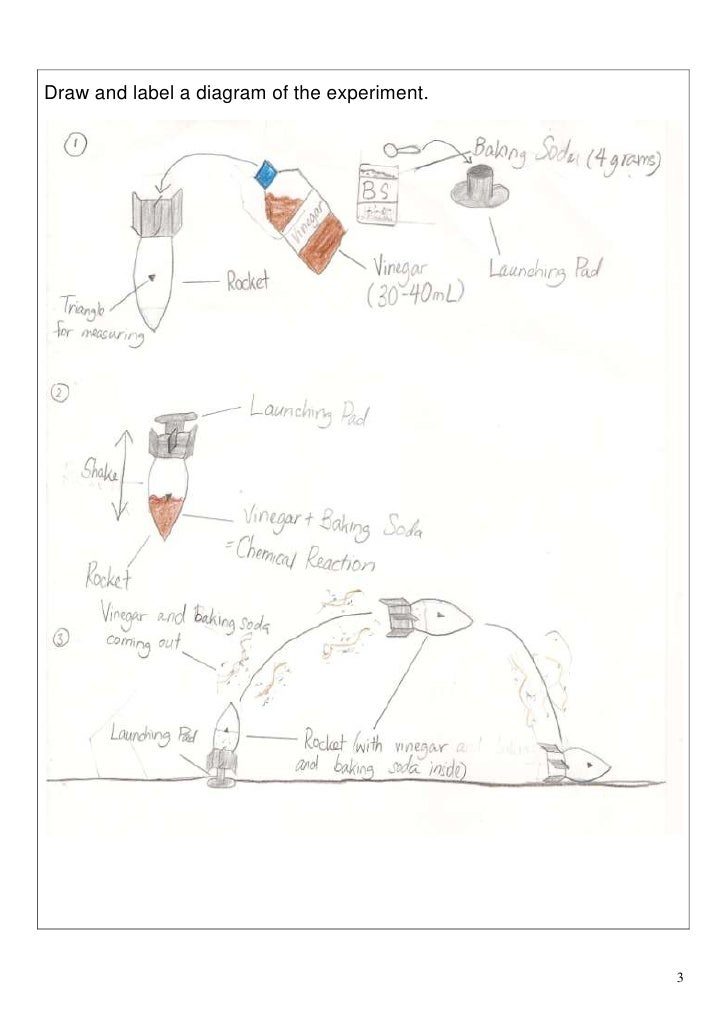


Baking Soda And Vinegar Experiment Report



Lab 27 Stoichiometry And Chemical Reactions Lab 1 Reaction Stoichiometry
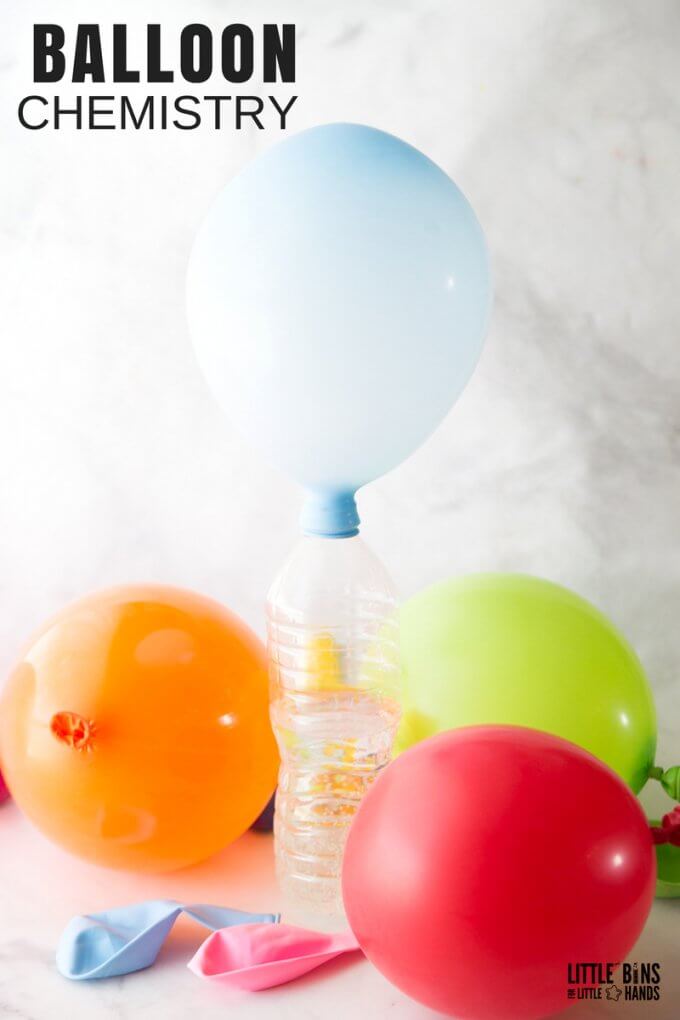


Balloon Baking Soda Vinegar Science Experiment For Kids



Baking Soda And Vinegar Reaction Earth Day Science Experiment



Super Fun Experiment For Kids And Big Kids Blow Up Balloons With Vinegar Baking Soda These Will Not F Blowing Up Balloons Fun Experiments For Kids Balloons



Balloon Baking Soda Vinegar Science Experiment For Kids



Balloon Experiment Baking Soda Experiments Balloon Experiment Experiments
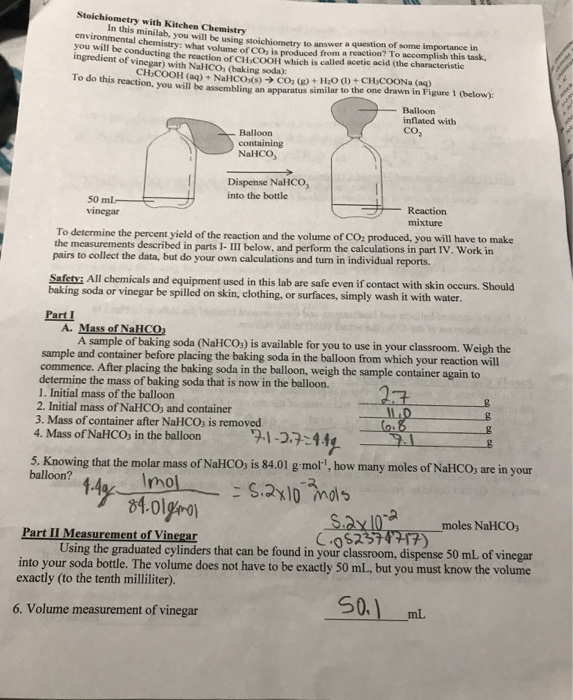


Solved Stoichiometry With Kitchen Chemistry Nb You Will Chegg Com



Baking Soda And Vinegar Balloon Experiment Science Project Education Com



Baking Soda And Vinegar Experiment Report
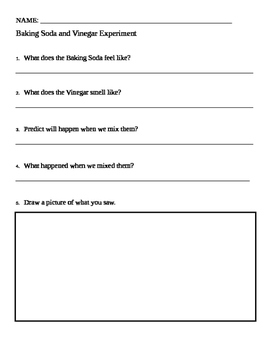


Baking Soda And Vinegar Experiment Worksheet By Mariah Bell Tpt
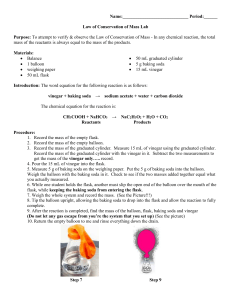


Law Of Conservation Of Mass Lab
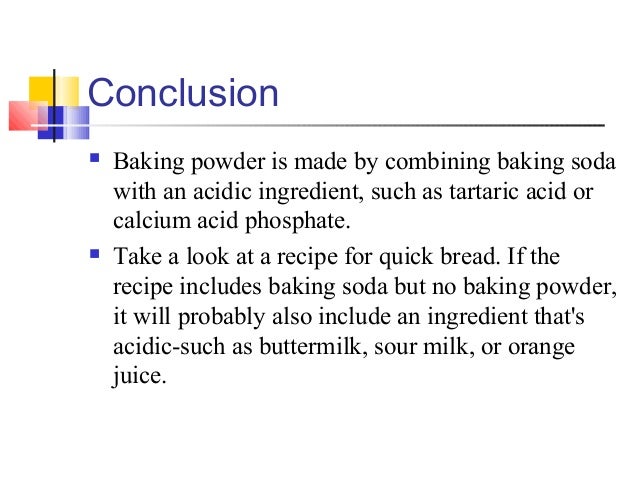


How To Inflate A Balloon Using Baking Soda And Vinegar



Chemical Reactions Lab



Build A Fizz Inflator Sciencebob Com


Balloon Experiments A Unique Hands On Science Night



Baking Soda And Vinegar Experiment Report



Baking Soda Vinegar Balloon Experiment Youtube



Baking Soda And Vinegar Lab Report Docx Baking Soda And Vinegar Lab Report Research Question What Is The Effect That Baking Soda Has On The Volume Of Course Hero



Baking Soda And Vinegar Experiment To Find Out What S Best



Baking Soda And Vinegar Experiment Data Page 4 Line 17qq Com



Lab Report Baking Soda And Vinegar Docx Document



Baking Soda And Vinegar Lab Report



0 件のコメント:
コメントを投稿